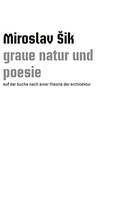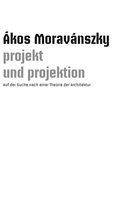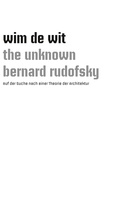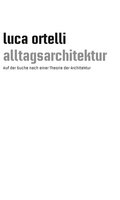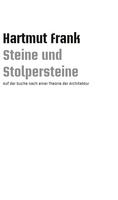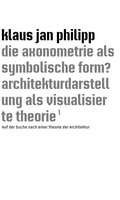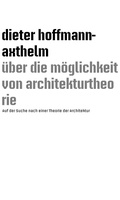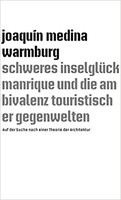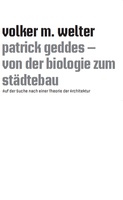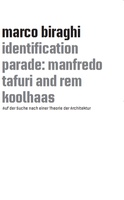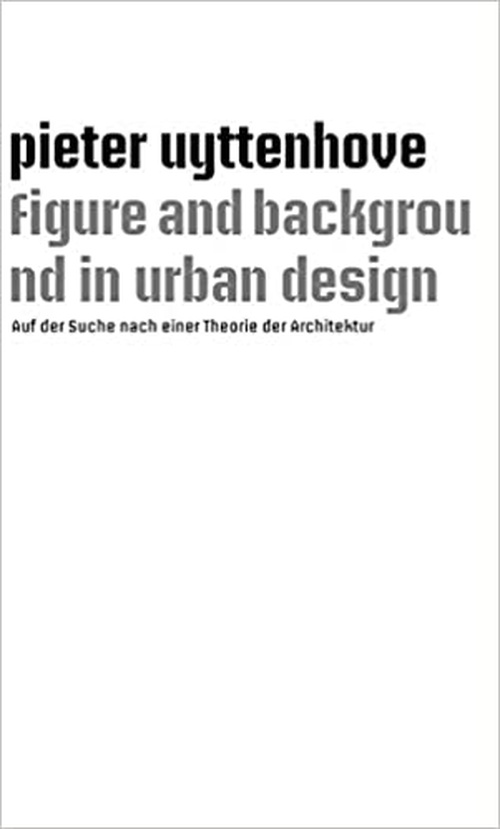
Pieter Uyttenhove
(born 1957) is full professor of urban planning at the department of Architecture and Urban Planning of Ghent University, Belgium, and is currently head of department. He was educated as an engineer-architect at the University of Leuven, as an urbanist at the Institut d'Urbanisme de Paris, and did his Ph.D at the École des Hautes Études en Sciences Sociales (EHESS) in Paris. Doctoral research is being done under his direction on historical and theoretical urban planning matters as urban network development; national road development; the development of landscape imagery; the interaction between urban planning, landscape and heritage; the architecture of information. He is the director of Labo S, a research laboratory for urban design and urban planning. In the last 5 years, Labo S did research for public authorities on different levels on ‘new landscapes’ in (sub)urbanized areas; regional identity in a changing world; landscape transformation through chronophotographic studies; a contemporary and urbanistic approach of architectural, landscape and urban heritage and made a landscape-atlas on municipal and regional level of the Scheldt-valley between Antwerp and Ghent dealing with natural, hydraulic, cultural, economic, etc. matters. He was founder and chairman of Studio Open City, a cross-institutional cultural platform for urban design. Formerly he was joint-curator of the drawing collection of the Académie d’Architecture in Paris and co-ordinator of the architectural program of Antwerp European Cultural Capital. Since 2002 he is co-director of GUST (Ghent Urban Studies Team). He is the author of several books and many articles in international reviews. He is the editor of the recently published, Recollecting landscapes : herfotografie, geheugen en transformatie: 1904-1980-2004. He recently was one of the organizers of the international colloquium on Analogous Spaces. In 2009, he published a book on Marcel Lods. Action, architecture, histoire, at Verdier (Paris).
Uyttenhove, Pieter
Figure and background in urban design
Hg. HafenCity Universität Hamburg, Hartmut Frank, Katrin Peter-Bösenberg
32 Seiten
6,00 Euro
geheftet
Maße: 18,5 x 13,0 cm
ISBN: 978-3-941613-49-2
Hamburg 2011




